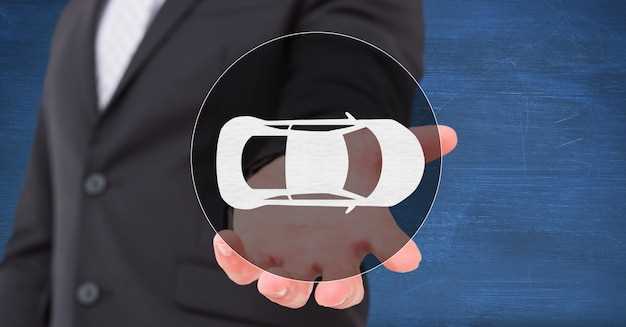
Establishing a car club can be an exhilarating endeavor, but the foundation of any successful organization is its governance structure. One of the key components of this structure is the creation of bylaws. Bylaws serve as the framework that outlines the rules and regulations governing the operations and behaviors of club members. This document not only ensures that all members are on the same page but also helps to prevent misunderstandings and conflicts down the line.
Creating effective bylaws requires careful consideration and collaboration among club members. It is essential to address vital aspects such as membership criteria, roles and responsibilities of officers, decision-making processes, and meeting procedures. By clearly defining these elements, you set the stage for smooth governance and ensure that everyone involved understands the expectations and obligations inherent to club membership.
Furthermore, well-drafted bylaws can protect your car club’s interests and provide a legal foundation should disputes arise. They can also serve as a valuable tool for attracting new members, demonstrating that your club is organized and operates with integrity. Therefore, investing time and effort into crafting comprehensive bylaws is not just important, it is essential for the long-term success of your car club.
Defining the Purpose and Objectives of Your Car Club
Establishing the purpose of your car club is a critical first step in creating effective bylaws. This foundational element will guide your club’s activities, decision-making processes, and overall direction. Clearly articulated objectives help members understand what the club stands for and what it aims to achieve.
Begin by considering the primary reason for forming the club. Is it to celebrate specific car models, promote automotive education, or simply to enjoy group drives? Defining this core mission will not only attract like-minded individuals but also foster a sense of community among members.
Next, outline specific objectives that align with the club’s purpose. These could include organizing regular meet-ups, hosting car shows, providing workshops on car maintenance, or engaging in community service related to automotive issues. Detailed objectives will create a structured approach to club activities and form a basis for accountability.
When drafting bylaws, incorporate these purpose statements and objectives to ensure they are referenced in governance and operational decisions. This alignment helps maintain focus on the club’s mission and ensures that all activities are relevant and meaningful to members.
Regularly revisiting and refining your club’s purpose and objectives is essential for long-term success. As the automotive landscape evolves, so too might the interests and needs of your members. Continuous engagement with club members can help assess whether the club’s goals remain relevant and inspire future initiatives.
Establishing Membership Criteria and Responsibilities

Defining membership criteria is crucial for the governance of your car club. Clear guidelines ensure that all members share common interests and objectives, fostering a unified club environment. Begin by outlining eligibility requirements, which may include age, vehicle ownership, or experience in automotive activities.
Responsibilities of members should also be specified. These could encompass participation in meetings, adherence to club regulations, and contributions to discussions or events. Establishing a code of conduct is essential to maintain decorum within the club. This can include expectations around respect, collaboration, and support among members.
Consider creating a tiered membership structure to accommodate varying levels of involvement. For instance, you might have general members, active members who participate regularly, and honorary members who contribute in other ways. Each tier should have clearly defined rights and duties to facilitate clarity and accountability.
Regularly reviewing and updating these criteria and responsibilities is important as the club evolves. This adaptability ensures that the governance structure remains relevant and effective, supporting both current and prospective members in their engagement with the club.
Creating Procedures for Meetings and Decision-Making

Establishing clear procedures for meetings and decision-making is vital for effective governance in your car club. Detailed bylaws should outline how meetings are conducted, ensuring that every member understands their role and responsibilities.
Firstly, specify the frequency and types of meetings. Regular meetings, such as monthly gatherings or annual planning sessions, should be defined in the bylaws. Additionally, include guidelines for special meetings that can be called as needed. This clarity fosters accountability and keeps members engaged.
Next, outline the process for agenda creation. Designate a person responsible for drafting the meeting agenda and distributing it in advance. This ensures that all members can prepare adequately and contribute meaningfully to discussions. Set a deadline for agenda item submissions to facilitate timely planning.
Furthermore, establish a quorum requirement to validate decision-making. Specify the minimum number of members needed to be present for decisions to be legally binding. This prevents a small group from making decisions that affect the entire club and promotes fair representation.
In addition, define the process for making decisions. This can include voting methods, such as simple majority, two-thirds majority, or consensus. Clearly stating these methods in the bylaws will help streamline the decision-making process and reduce confusion during meetings.
Lastly, incorporate provisions for documenting meeting minutes. Record keeping is essential for transparency and governance. Assign a secretary to take detailed notes and circulate the minutes to all members post-meeting. This practice fosters inclusivity and accountability, ensuring that all members are informed about decisions made and actions taken.




